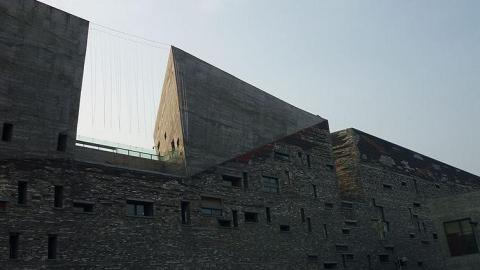Is Architecture a Form of Resistance?

What’s the Latest Development?
This year’s Pritzker Prize–the Nobel of the architecture world–was awarded on May 25 to Chinese architect Wang Shu. In choosing Shu, the Pritzker jury recognized an emerging aesthetic instead of honoring a long-established starchitect like Norman Foster or Richard Meier (both past winners). “The question posed by Wang’s Pritzker selection could be articulated like this: If you provide a particularly humane or humanist built environment within the context of occasionally inhumane political or economic conditions, to what extent are you reinforcing or resisting those conditions?”
What’s the Big Idea?
The Pritzker jury, to some, raised the question of whether it is possible to be a dissident architect. In Shu’s construction of the Xiangshan University campus, he used some two million tiles reclaimed from demolished traditional houses, requiring the collaboration of construction workers more familiar with these materials. Still, qualities like mobility and spontaneity–two important characteristics for any would-be dissident–are difficult to achieve given that structures tend be fixed in one place and that building plans require long approval and construction processes (and can be destroyed overnight).
Photo credit: Wikimedia Commons (Ningbo History Museum by Wang Shu)





